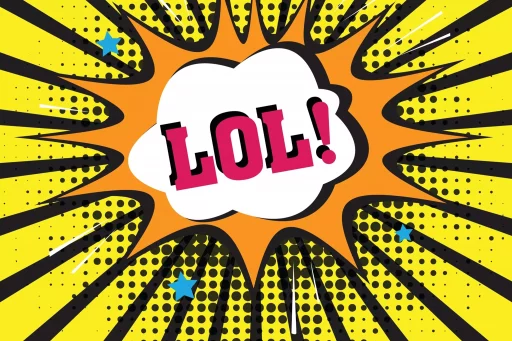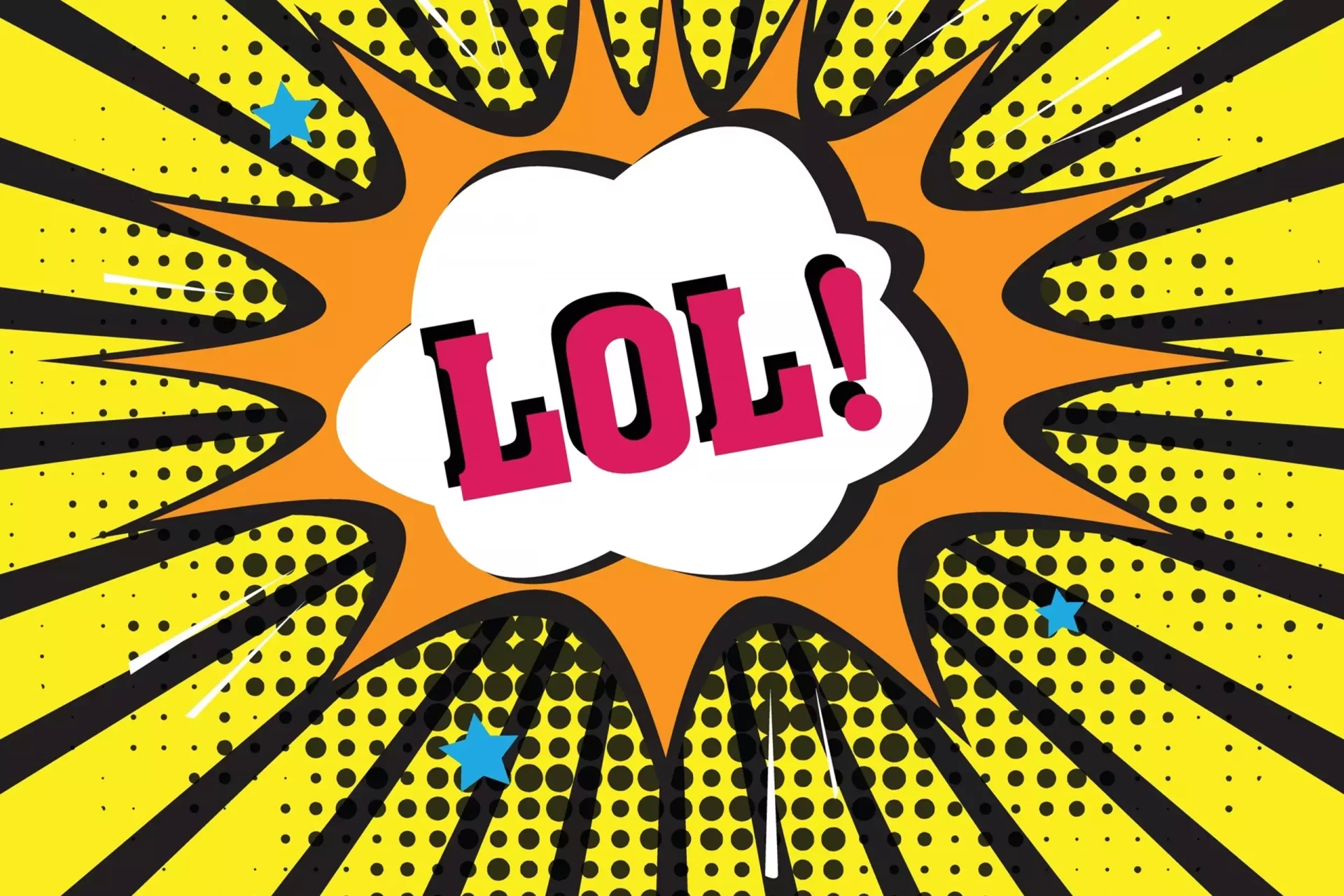Introduction
California is not just a state known for its stunning coastlines, Hollywood glamour, and tech innovation; it’s also a hub of unique and vibrant slang. The slang that originates from California reflects its diverse culture, lifestyle, and social dynamics. From surfer lingo to valley girl phrases, California slang tells the story of its people.
Common California Slang Terms
- Rad – An abbreviation for ‘radical’, this term is used to express something that is awesome or incredible. Example: “That new movie was so rad!”
- Lit – This term refers to something that is exciting or excellent. It gained popularity in the club scene and now extends to great events or situations. Example: “The party last night was lit!”
- Tight – Used to express approval, the term means something is cool or excellent. Example: “That new ride is tight!”
- Gnarly – Originally a surf term meaning challenging or dangerous, it has evolved to mean something that is impressive or extreme. Example: “That skateboard trick was gnarly!”
- No worries – A casual way of saying ‘you’re welcome’ or ‘don’t sweat it’. Example: “Thanks for the help!” – “No worries!”
The Influence of Different Cultures
California’s slang is heavily influenced by various communities, including surfers, skaters, hip hop culture, and the LGBTQ+ community. Each subculture has contributed unique terms and expressions that have either remained niche or permeated into the broader Californian lexicon. For instance, the surfing community introduced terms like “wipeout” and “hang ten”, which evoke images of adventurous water sports.
Case Study: Valley Girl Speak
One of the most iconic representations of California slang is the ‘Valley Girl’ speak, which emerged in the 1980s in the San Fernando Valley. Terms like “like”, “totally”, and “gag me with a spoon” became synonymous with this stereotype, focusing on the social life and consumerist culture of young women in the Valley. Sociolinguistic studies have shown that Valley Girl speak reflects both cultural identity and a specific social context, showcasing California’s influence on language trends.
Statistics on Slang Usage
According to a survey conducted by the California Linguistic Society, approximately 73% of Californians reported using at least one slang term regularly in conversation. The survey also revealed striking differences in slang usage between demographics:
- Over 80% of respondents aged 18-24 use slang, compared to only 45% of those aged 50 and above.
- Urban Californians were found to use terms like “woke” and “flex” more frequently as compared to their rural counterparts.
How Slang Shapes Identity
Slang is not just a way to communicate; it shapes identity and belonging. In California, using local slang can foster a sense of community and connection among individuals. For example, within the skateboarding community, using specific terms like “bail” (to fall or drop out) creates a shared language that reinforces camaraderie. In a diverse state like California, where cultural exchanges are frequent, slang serves as a tool for building bridges and understanding across different social groups.
The Evolution of California Slang
The evolution of slang is constant. With the advent of social media, terms can spread like wildfire. Viral trends often give birth to new slang that captures the zeitgeist. For example, the term “stan” (originating from the Eminem song about an obsessed fan) has entered everyday use in California, highlighting the impact of pop culture on language. As California continues to evolve, so does its slang, reflecting current trends, societal changes, and cultural movements.
Conclusion
California slang is a dynamic aspect of the state’s identity. It showcases the diversity of its people, influences from various cultures, and the ever-changing nature of language. Next time you’re in California, don’t be surprised if you hear terms like “no cap” (meaning no lie) or “sick” (meaning excellent or cool). Understanding this slang not only enhances communication but also provides deeper insights into the cultural fabric of one of America’s most iconic states.


